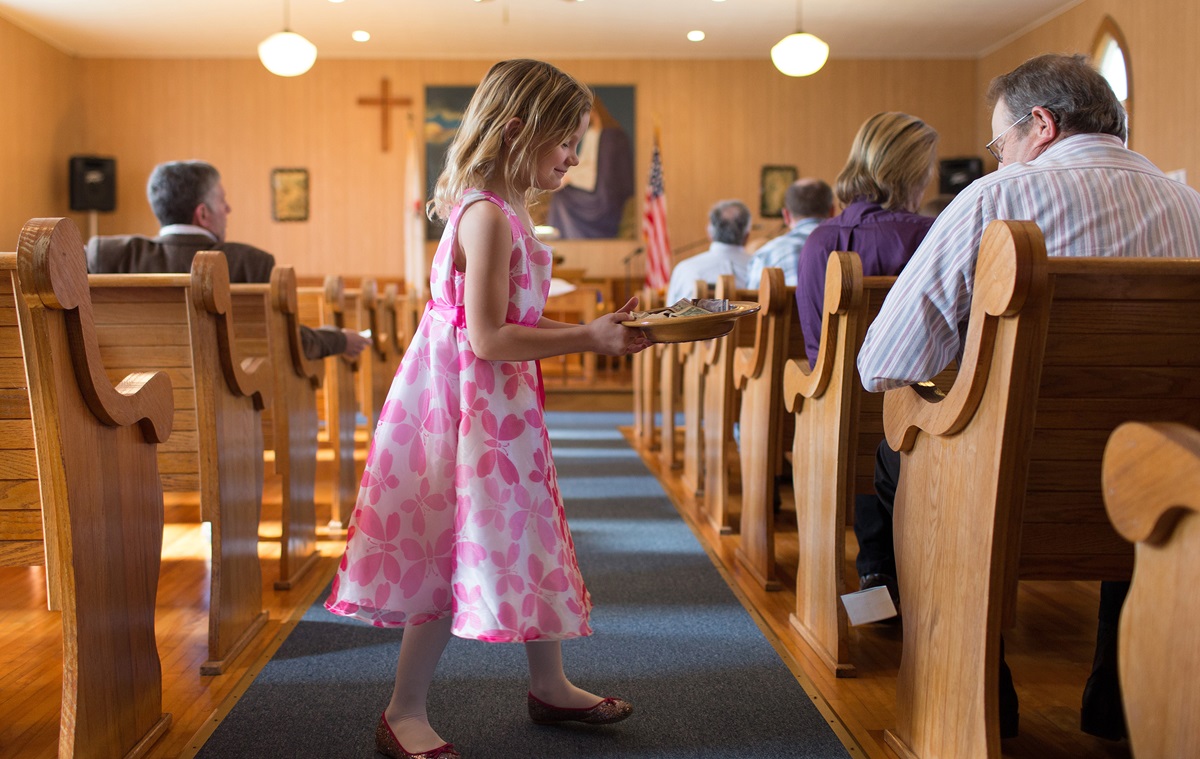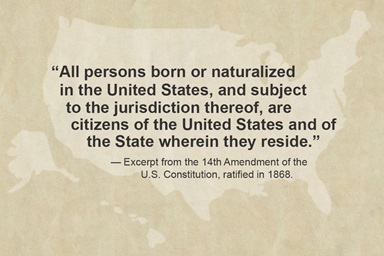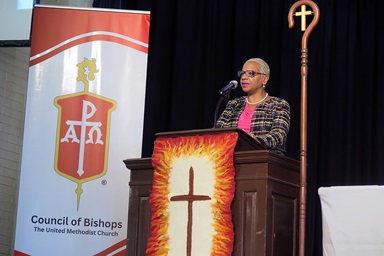Members of a small, upstate New York congregation found that filling people’s bellies was a good way to fund ministry.
To pay its full “ministry shares,” Philadelphia United Methodist Church augmented congregational giving with chicken barbecues, all-you-can-eat roast beef dinners and an end-of-summer social.
“When you join the church, you make a pledge — not a financial pledge, but a pledge to give of your time, your talents, your resources,” said Beth Johnston, the church’s administrative assistant. “We had that reminder. But it was purely, purely a God thing. We were blessed.”
Thanks to the congregation’s generous spirit, the church not only supported its own ministry but also helped the Upper New York Conference pay 100 percent of its general-church apportionments. That’s a big change from three years ago when the conference could only pay 56 percent of requested apportionments.
Upper New York — which paid full apportionments for the first time since its founding in 2010 — is not alone in seeing an increase in giving.
A record 27 of the 56 U.S. United Methodist conferences paid 100 percent of requested apportionments in 2016, reports the denomination’s General Council on Finance and Administration.
That’s the highest number in the 17 years that the church has digital records and marks the third consecutive year that a record number of conferences reached the milestone — up from 25 in 2014 and 26 in 2015. In fact, all 10 conferences in the Northeastern Jurisdiction — which includes Upper New York — paid in full.
All told, United Methodists last year gave about $131.4 million to support the general church’s national and international ministries, nearly 92 percent of the requested apportionments. That’s also the highest payout rate on record.
The robust giving comes at a time when church leaders worry that intensifying debate about the status of LGBTQ individuals has put the denomination in an “extremely fragile” state. United Methodist bishops have convened the Commission on a Way Forward to foster church unity amid these divisions around ministry and biblical interpretation.
The Rev. Steve Wood, a member of the finance agency’s board, acknowledged that the situation seems counterintuitive. He is chair of the board’s committee on General Agency and Episcopal Matters as well as lead pastor of Mount Pisgah United Methodist Church in Johns Creek, Georgia.
“The church has divisions primarily focused around interpretation, and yet we have unity and synergy around living out the mission,” he said.
“This may be a beacon of hope for the Commission on a Way Forward and the entire denomination to focus on what matters most. That is continuing our heritage of living out the gospel in real and effective ways in a lost world of people who need light, hope and redemption.”
PAID in Full
The following U.S. conferences paid 100 percent of general church apportionments in 2016:
Alaska, Baltimore-Washington, Central Texas, Desert Southwest, East Ohio, Eastern Pennsylvania, Greater New Jersey, Illinois Great Rivers, Indiana, Iowa, Kentucky, Minnesota, New England, New York, North Carolina, Oklahoma Indian Missionary, Oregon-Idaho, Pacific Northwest, Peninsula-Delaware, Red Bird Missionary, Rocky Mountain, Susquehanna, Tennessee, Upper New York, West Ohio, West Virginia, Western Pennsylvania
How apportionments work
Apportionments are the share each conference or local church pays to support international, national and regional missions. Some conferences, like Upper New York, call the offering “ministry shares” to emphasize that the funds are investments in what the church does both at the local and global levels.
Bishop Mark J. Webb, who leads the Upper New York Conference, said United Methodists in his area see the denominational connection as a gift that “allows us to do amazing ministry that no individual church could do on its own.”
“They know that we are stronger together, and together we can change the world.”
At the general church level, the money supports bishops, ministerial education, most general agencies and denomination-wide efforts such as the Black College Fund, ecumenical work and Africa University in Zimbabwe. For 2017, the General Council on Finance and Administration recommended that general church spending plans be based on payout rates between 88 and 92 percent.
General church agencies use funds for such endeavors as planting new churches, providing resources for evangelism, supporting theological education, advocating for church social teachings, engaging in international development and cultivating new mission fields. The offering also pays for the work of United Methodist News Service.
U.S. United Methodists support the bulk of general church expenses. The General Council on Finance and Administration requests apportionments from each U.S. conference based on a formula that includes its local church expenditures, local church costs, the economic strength of the conference and a base percentage approved by General Conference.
Conferences in turn ask for apportionments or “ministry shares” from local churches.

This graphic shows information about the distribution of offerings from the General Council on Finance and Administration. The 6 percent benevolent giving includes special offerings a church might take up such as collections for Special Sundays or Advance designated giving. Graphic courtesy of umcgiving.org
Clear up misconceptions
The Rev. Rachel Ann Morse, pastor of Homer First United Methodist Church in Upper New York, led a worship series last year to help her growing congregation understand the denomination’s connectional giving. She used information from umcgiving.org.
She said the series helped clear up misunderstandings. In turn, she saw the congregation’s contributions to ministry shares increase from 30 percent of the requested funds in 2015 to 50 percent last year. She expects that amount to go up to 75 percent in 2017.
She emphasized that being a connectional church is not primarily about receiving from the connection, but extending the church’s impact on mission. She also helped the congregation better understand the actual percentages requested for ministry shares.
“It isn’t an unreasonable or crippling amount,” she said.
On average, U.S. churches retain slightly more than 85 cents of every dollar they collect in their offering plates. Of the rest, 7 cents goes to support district, conference and jurisdictional ministry; 6 cents goes to second-mile giving such as disaster relief or special offerings; and 2 cents goes to general-church apportionments.
Still, it can be tough on churches to meet the varied financial requests of the connectional system.
The Baltimore-Washington Conference has paid full apportionments for 19 years straight. The conference has done so even in recent years when many local church incomes are stagnant, said Paul Eichelberger, conference treasurer as well as General Council on Finance and Administration board member.
“The conference budget is now 20 percent less than it was 12 years ago,” Eichelberger said. “I believe the local churches find the new level of apportionments more sustainable, and this has been a factor that increased our collection rate to an all-time high.”
General Conference last year approved a general church budget of $604 million for 2017-2020, a $900,000 increase over the previous four years. At the same meeting, the denomination’s top policymaking body also approved an apportionment formula for the central conferences — church regions in Africa, Asia and Europe.
Bishop Michael McKee, president of the General Council on Finance and Administration, said he has faith God will continue to continue to work through the church and its giving.
“When the people of God seek his guidance on how they should respond to giving through the connection to support the ministries of the church, there is benefit for the people and places where we serve,” said McKee, who also leads the North Texas Conference. “There are stories in every annual conference and every local church of lives that are being changed by the work we do together.”
Hahn is a multimedia news reporter for United Methodist News Service. Contact them at (615) 742-5470 or newsdesk@umcom.org.
Like what you're reading and want to see more? Sign up for our free daily and weekly digests of important news and events in the life of The United Methodist Church. Subscribe to e-newsletter.
Like what you're reading? Support the ministry of UM News! Your support ensures the latest denominational news, dynamic stories and informative articles will continue to connect our global community. Make a tax-deductible donation at ResourceUMC.org/GiveUMCom.





